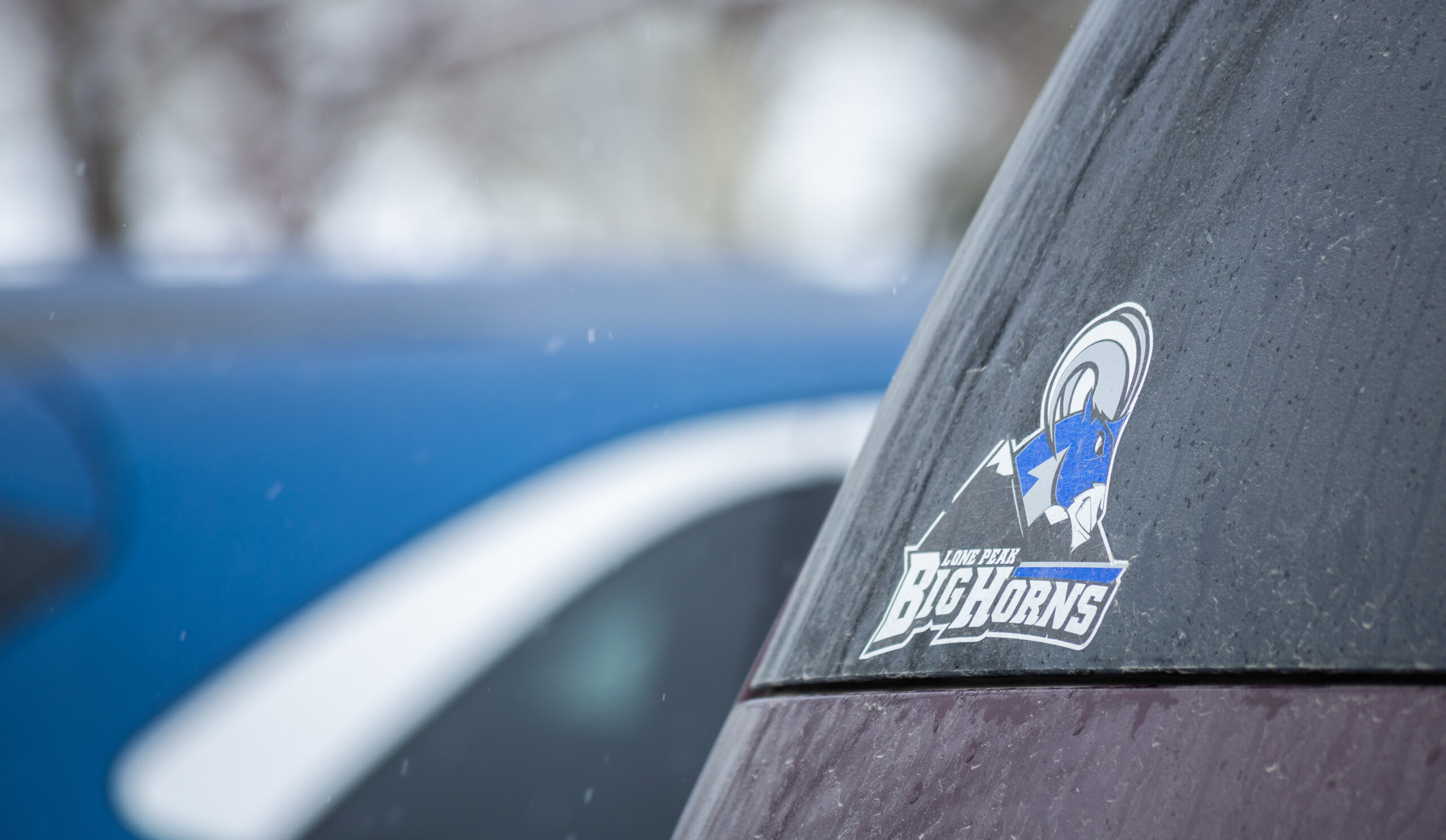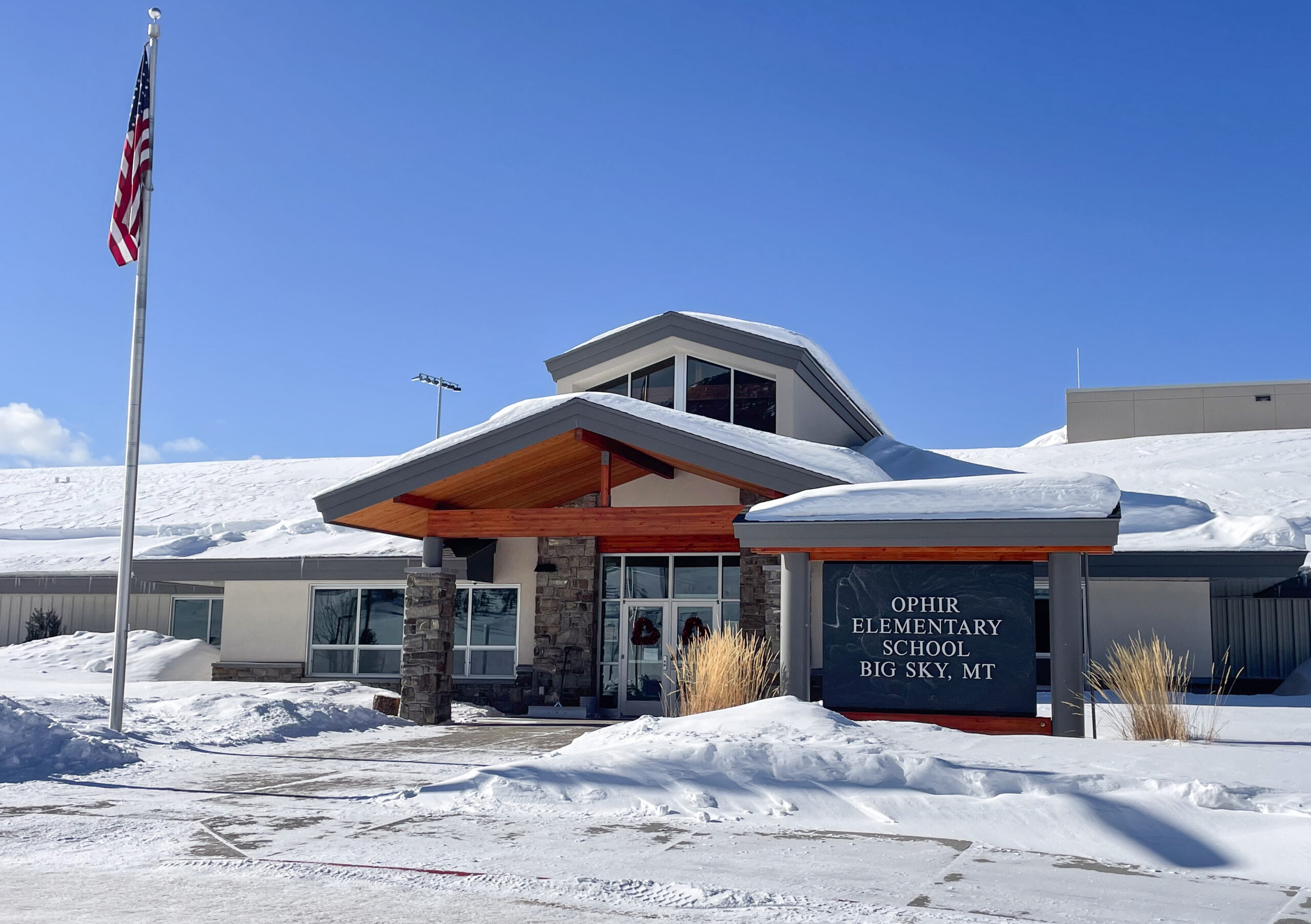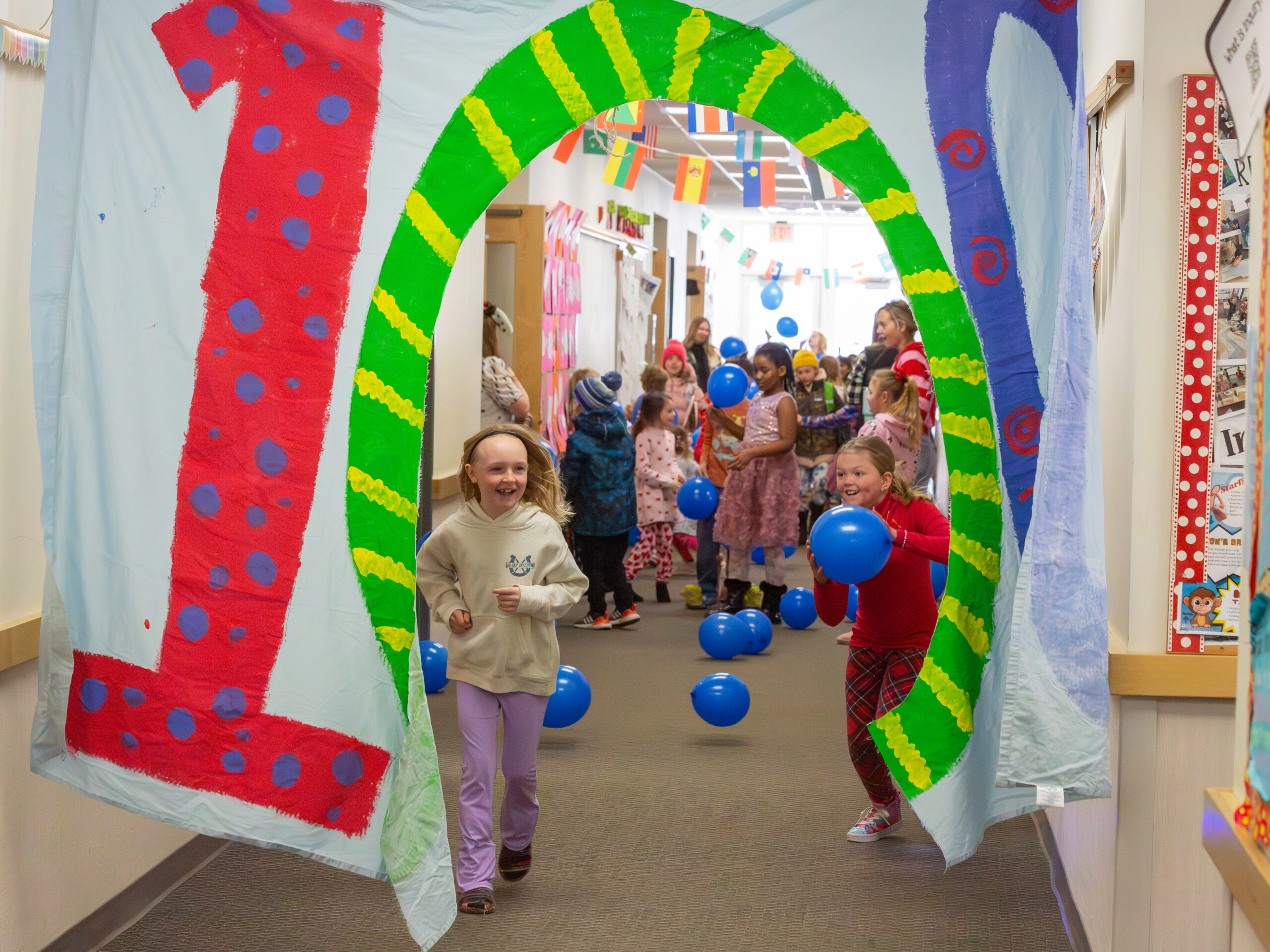By Jack Reaney SENIOR EDITOR
This is a three-part series about the challenges and opportunities facing the Big Sky School District in 2025. Part I overviews the district’s strengths and challenges, and Part II examines bullying.
As the Big Sky community continues to develop, so too will the student body, staff and educational offerings at the Big Sky School District. Growing pains may require remedy from a solution-oriented community.
Thinking of the next three to five years, administrators challenge students and families to continue supporting the school. Elementary Principal Brittany Shirley encourages parents and community members to spend time in the building to become familiar with the day-to-day operations.
“Volunteer, ask your teacher what support they need, ask administration what support they need, ask the front office staff what support they need,” Shirley suggested, adding it’s important to verbally thank teachers and staff for the time they spend and the influence they have on kids’ lives—roughly half of a child’s waking hours, during the school year.
“It’s a really big responsibility,” she said.
It will remain crucial for Big Sky to retain and support its teachers, many of whom struggle with housing and living costs in an expensive community. Compensation improvements could come in the form of proposed laws like House Bill 252, and the statewide 2026 decennial study that will review funding of Montana school districts. Still, much of the support for BSSD staff will come from the community.

Dr. Marlo Mitchem, middle and high school principal, echoes research showing that teachers are more likely to stay in a community where they feel connected. She believes parents do a great job of celebrating and supporting the hardworking BSSD staff, and commended local groups for supporting teachers’ cost of living expenses, wellness and experiences outside of school.
‘Teachers are invaluable’
Since launching at the end of 2022, the Big Sky Public Education Support Fund has raised $77,493 to support teachers through continued education grants, health and wellness stipends, monthly raffles to offset rent or mortgage payments, and donations from businesses including gas station gift cards and snow plowing services.
“Teachers are invaluable,” BSPESF board member Kevin Daily told EBS. “If we can’t pay teachers enough money to be educators in this community and provide a future for our kids, we don’t have any options… It’s imperative to give them a reason to want to stay in Montana and work in Big Sky.”
Daily knows that with Big Sky’s high cost of living and Montana’s insufficient teacher salaries, even just taking a dent out of the cost of living will help keep teachers around.
“I don’t think these are life changing amounts that they’re getting, but it helps,” he said. “Every bit helps.”
“Volunteer, ask your teacher what support they need, ask administration what support they need, ask the front office staff what support they need.”
Brittany Shirley, Ophir Elementary School principal
The Big Sky PTO also supports teachers, funding roughly half of BSSD’s staff cost of living adjustment, a stipend program totaling $200,000 annually across the district. PTO President Holly Coltea said it’s unusual for PTOs to raise money to support teacher salaries or operational costs, but in Big Sky, the schools face unusual funding challenges.
“Our mission is to enhance academic and extracurricular programming at this school. So it truly is taking our school from good to great… If the school is not functioning, we’re not functioning,” Coltea said.
She lists other school programs supported by the PTO: alpine and Nordic ski days; Washington D.C. trips for high schoolers; transportation for field trips; online learning tools; CPR and avalanche classes; funding to support Safety Manager Matt Daugherty; a golf tournament for high school seniors; science fairs; high school musicals; and Lone Peak High School’s annual expedition in August, one of BSSD’s defining programs.
“They camp and backpack and carry food on their back for the whole week. It’s extremely beneficial for bonding between the students,” Coltea said.
The PTO’s annual budget is roughly $250,000, mostly raised at the annual pie auction. Last year, the auction raised $337,000, and at the upcoming 45th annual auction on March 21, the PTO’s goal is $300,000.
“In order to keep things humming along, we really are on the hook to raise this substantial amount of money… But it really is because the state funding just doesn’t cover it,” Coltea explained.
Mitchem said both the BSPESF and PTO are doing amazing things for Big Sky.

“I bet there are very few public schools that have such support in their community from these types of philanthropic efforts,” Mitchem said.
“We have a community of support that’s second to none,” said Dr. Dustin Shipman, BSSD superintendent. In the years ahead, he urges parents to continue supporting the district’s teachers and staff, from front office and maintenance staff to athletic coaches. “Keep doing what you’re doing. Support your kids, keep talking about the value of education.”
Cell phones at a glance
Staffing and teacher pay may be a systemic challenge at Montana public schools, but it’s also not easy for students nationwide, whose learning environment and social lives may become increasingly challenging if the impacts of smartphones and social media continue to pervade. Big Sky educators are keeping a close eye on learning patterns to help students navigate a world trending digital.
In September, the school board discussed a potential adjustment to BSSD’s cell phone policy, following Montana Gov. Greg Gianforte’s call for “cell-phone free” schools. A letter from the governor urged school districts statewide to adopt policies “to remove distractions and disruptions in our schools, a place where students should be focused on learning.”
The discussion has not resurfaced in BSSD’s subsequent board meetings.
Lone Peak High School’s policy is that students are allowed to use phones outside of instructional periods, and Ophir Middle School’s policy is no cell phones at all—phones are to be kept in lockers and backpacks. Mitchem is confident that students generally obey.
“So we track infractions, and it’s actually not very bad at all in terms of students not following our policy,” she said.
Shipman said Big Sky classroom lessons are seldom disrupted by inappropriate cell phone use. Some people may take issue with cell phone use outside of class periods, but that’s not against BSSD policy.
“Would I like to see kids—not just here in Big Sky School District but in general—spend less time on electronic devices? Yes.
“Do I think that it’s a good thing that we have a policy that says kids shouldn’t use phones in class? I think that’s really key,” Shipman said.
He referenced a groundbreaking book: In November 2024, BSSD librarian Ashley Jenks led a community discussion of “The Anxious Generation, How the Great Rewiring of Childhood Is Causing an Epidemic of Mental Illness” by Jonathan Haidt.
Also a Big Sky history teacher, the book resonated with Jenks.
“The distraction of phones in the classroom and all school spaces is a plight that my colleagues and I battled daily,” Jenks told EBS in October. “I was witnessing the harm that smartphones brought to the educational setting as well as the heartbreaking social and emotional angst experienced by my students.”
While the jury is out on the impact of cell phones on Big Sky students’ learning, administrators know that student outcomes depend more strongly on student ambitions. Mitchem challenges students to take ownership and agency over their own education.
“No one can stop them if they believe in themselves.”
Making every day count
Mitchem’s vision for the district is that anyone who walks into a Big Sky school feels welcomed.
“Whether they are a student, or a parent or a community member,” Mitchem said. “Because that is really what we are trying to do here, is to make it inclusive, and accessible, and a second home.”
Shipman said the district’s goal is to constantly improve curriculum to enrich students’ experiences and prepare them for paths they choose moving into adulthood.
“My challenge to every student—I said it at graduation, I say it every single day—every day is the first day of the rest of your life, so make it your best,” he said. “Make every day your best day.”
On Feb. 13, Big Sky educators took an explicit approach to making their days count, as they exuberantly counted their 100th school day.
Full of innocent joy, young students frolicked through the K-3 wing, bopping each other with balloons and running beneath painted banners—decorations made by teachers in their recent staff meeting.
One girl shouted, “I love going to this school” as her classmate sang Katy Perry’s 2010 pop hit, “Firework,” and a balloon popped loudly to the apparent dismay of nobody. Another young boy ran down the hallway, holding his balloon by the knot and declaring gleefully to no particular audience, “I’m going to hit everybody with this balloon.”



The 100th day celebration is a school tradition dating back 10 years since the construction of the current Ophir Elementary School building. As students walked in for the 2025 celebration, the outdoor temperature was minus 20 degrees Fahrenheit.
Kids brought flower bouquets and candies for their teachers and classmates, as the school combined the 100th day celebration with Valentine’s Day ahead of a long weekend.
Principal Shirley—who invited EBS to witness the annual event—and Shipman summed it up: teachers like to have fun, too.
But public education takes hard work, and after 15 minutes of controlled chaos, teachers began corralling their students into classrooms and quiet fell upon the school. Seventy-six days left to learn before summer.













